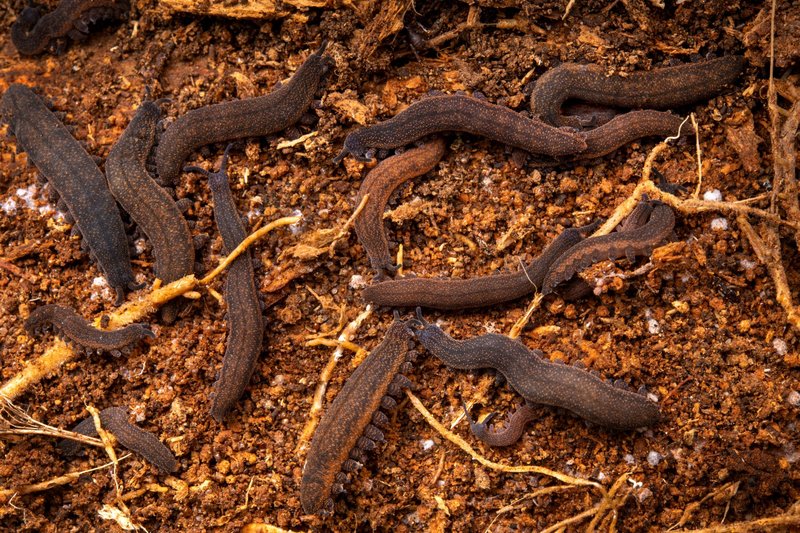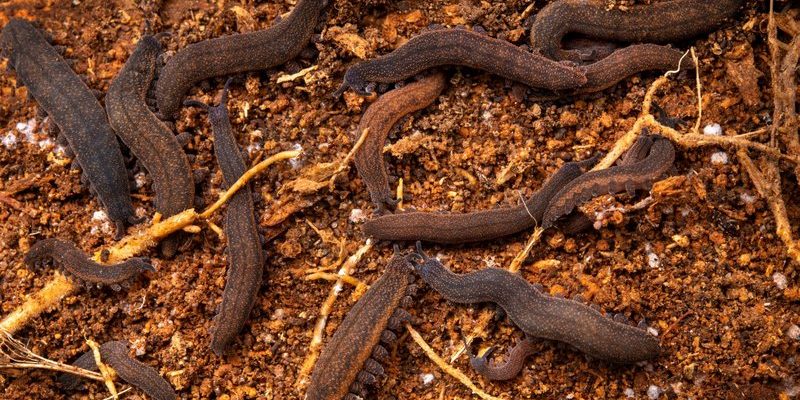
If you’ve got a curiosity about the natural world or a budding interest in entomology, exploring the lives of these quirky critters can be rewarding. Imagine walking through a cool, damp forest after a rainstorm. You slip on your wellies and venture into the underbrush, hoping to catch a glimpse of these elusive creatures. With the right tips and practices, you’ll be spotting velvet worms in no time. So, let’s dive into some best practices for observing these remarkable beings in the field.
Choosing the Right Time and Place
To maximize your chances of spotting velvet worms, timing and location are everything. These creatures thrive in humid environments, often found hiding beneath leaf litter, rocks, or decaying wood. If you’re planning an outing, early mornings or late afternoons after a rain shower generally offer the best conditions.
Why is that? Velvet worms are most active during high humidity and cooler temperatures. Just think of them as nature’s version of night owls—they prefer the cooler, damp environments for their escapades. When it’s hot and dry, they tend to retreat into hiding, much like we might seek shade on a sizzling summer day.
Don’t forget to choose the right habitat. Forests, especially tropical and temperate rainforests, are great spots to encounter these critters. Look for areas with rich leaf litter where moisture is abundant. If you’re near a wooded area, you might be in luck!
Gathering Your Tools
You can’t go on a little bug hunt without some essential tools. While you might not need a full scientist’s kit, a few basic items will enhance your experience. Here’s a handy list of what to pack:
- Magnifying Glass: This helps you get a closer look at the intricate details of velvet worms.
- Notebook: Jot down your observations! You might notice interesting behaviors or patterns.
- Camera: If you want to capture the moment, a good camera (or even your phone) is vital. Just remember to be respectful.
- Flashlight: When it gets dark, you might still want to explore after sunset. A flashlight helps you see those hidden spots.
- Gloves: It’s good to have a pair on hand for handling samples or moving leaf litter without harming the worms.
Having the right tools not only prepares you for the adventure but also shows respect for the delicate ecosystem around you. Plus, it adds an element of professionalism to your observations!
Approaching Velvet Worm Habitats
When you finally find a promising spot, how do you go about observing these creatures without disturbing them? Patience is key. Too much rustling and noise can send them hiding back into their cozy spots. Instead, approach the area quietly and with care.
Begin by gently lifting decaying leaves or peeking under rocks. This way, you mimic their natural predators’ movements and minimize your chances of spooking them. Think of it like a game of hide and seek—slowly look around and give them a chance to reveal themselves.
And remember, it’s all about observation. If you spot a velvet worm, try to watch from a distance and minimize your movements. They might not appreciate a sudden presence, just like how you’d feel if someone poked their head in while you’re enjoying a quiet moment.
Documenting Your Findings
You’ll want to keep track of what you see. Documenting your findings not only helps you remember the details later but also contributes to scientific knowledge. Take notes on the environment where you found them, any interactions, and even behaviors you observe.
Here’s a simple way to structure your findings:
- Date and Time: Note when you spotted the worms.
- Location: Describe where you found them, including geographical features.
- Weather Conditions: Write about the temperature and humidity—this can influence their behavior.
- Behavior Observed: Were they moving? Hunting? Mating? Document anything interesting.
You might be thinking, “Why do I need to take notes?” Well, this process not only feeds your curiosity but can also help researchers studying these fascinating creatures. Your insights could contribute to a better understanding of velvet worm behavior and habitat preferences!
Respecting the Environment
While it’s super exciting to observe these creatures, it’s critical to remember that you are a guest in their home. Velvet worms are sensitive to changes in their environment, so being respectful is key. Avoid pulling them out of their habitats or disturbing their surroundings too much.
Here are a few tips to keep in mind:
- Leave No Trace: Don’t leave behind trash or disturb the area where you found them.
- Minimal Touch: If you must handle a velvet worm, do so with care and return it to its spot promptly.
- Educate Others: Share what you learn with fellow nature enthusiasts to promote awareness about these creatures.
When observing wildlife, treating the environment with respect not only benefits the organisms but ensures future generations can enjoy these magical experiences as well.
Sharing Your Experience
Once you’ve gathered observations, why not share them? Connecting with others who share your curiosity can be rewarding. You might find online forums or local naturalist groups interested in velvet worms. Sharing your experiences can spark discussions, inspire others to learn more, and foster a community around this unique interest.
Social media platforms are also a great way to showcase your discoveries. Posting photos and insights can help spread the word about velvet worms and raise awareness of their importance. Just be sure to hashtag responsibly and share the love for these incredible creatures!
Remember, the more people know about velvet worms, the better chance we have of protecting their habitats and ensuring they thrive for generations to come.
Final Thoughts
Exploring the world of velvet worms in their natural habitat can be both fulfilling and educational. With the right practices, tools, and respect for the environment, you can create a memorable experience that deepens your appreciation for these unique creatures. Whether you’re a casual observer or a budding scientist, every encounter can offer new insights into the beauty of nature.
So, the next time you find yourself in a lush forest after rain, take a moment to look closer at the leaf litter. Who knows? You might just stumble upon a worm in its velvety glory, reminding you of the wonders hiding right under our noses. Enjoy the adventure, and happy observing!

